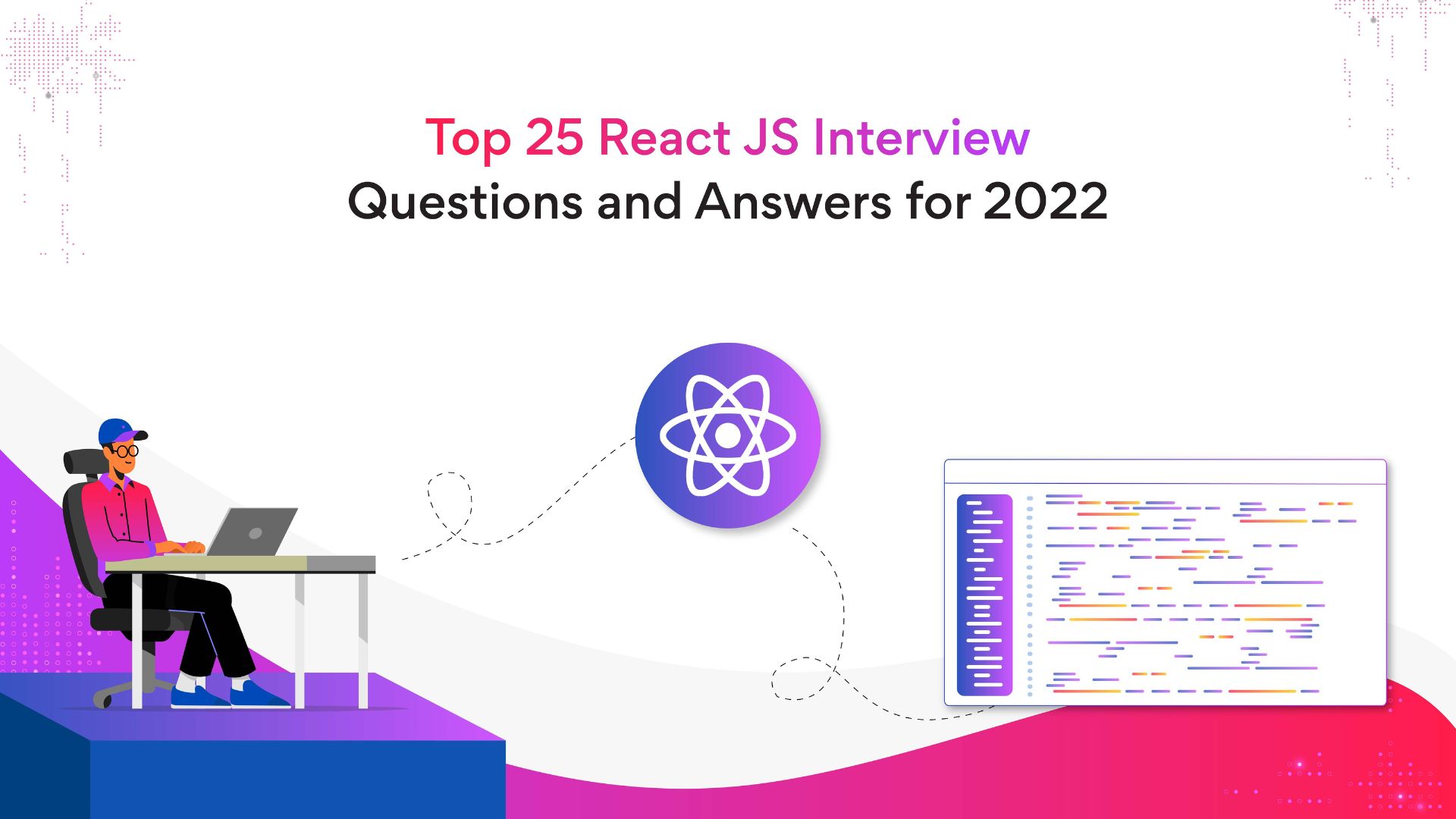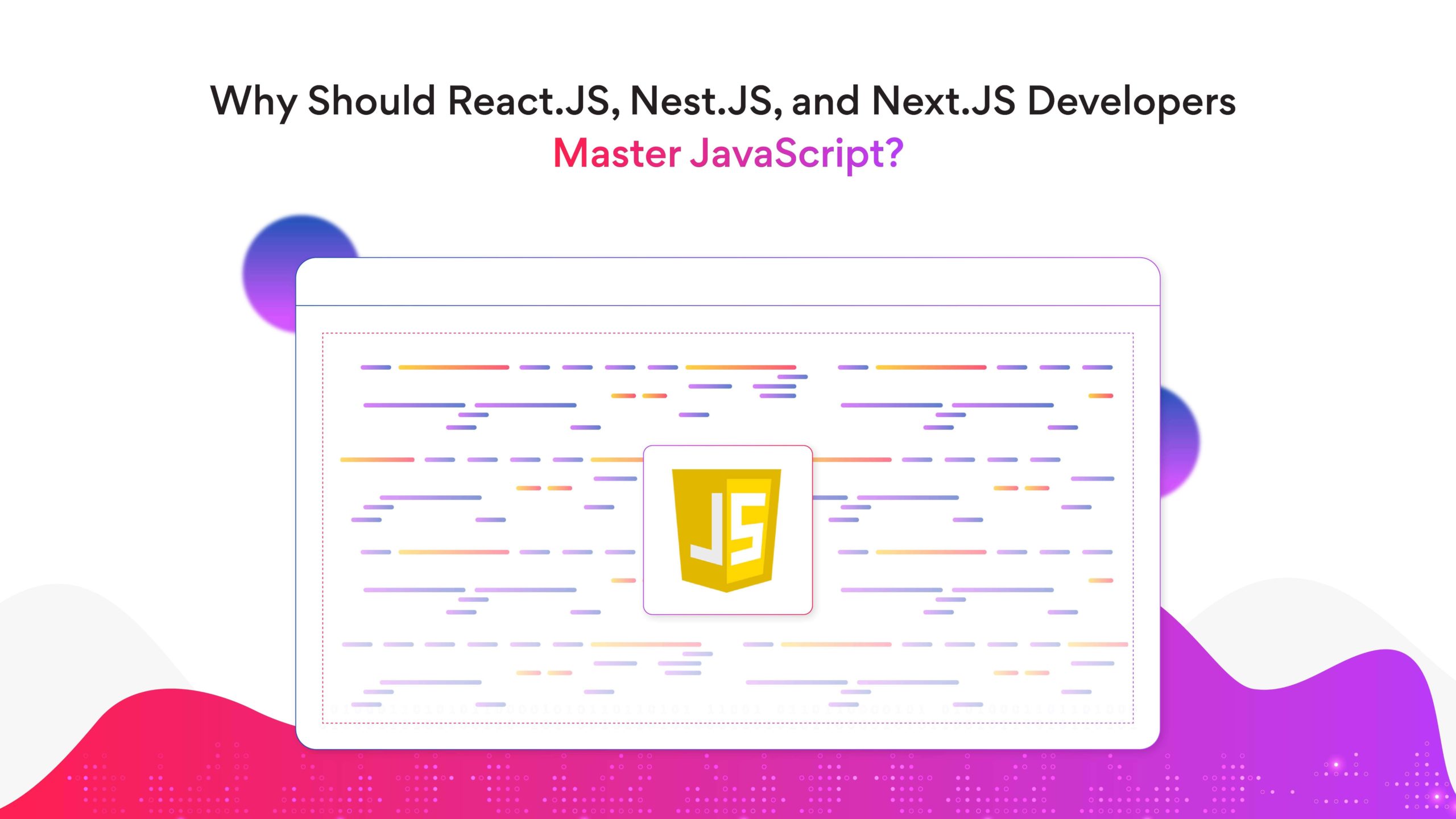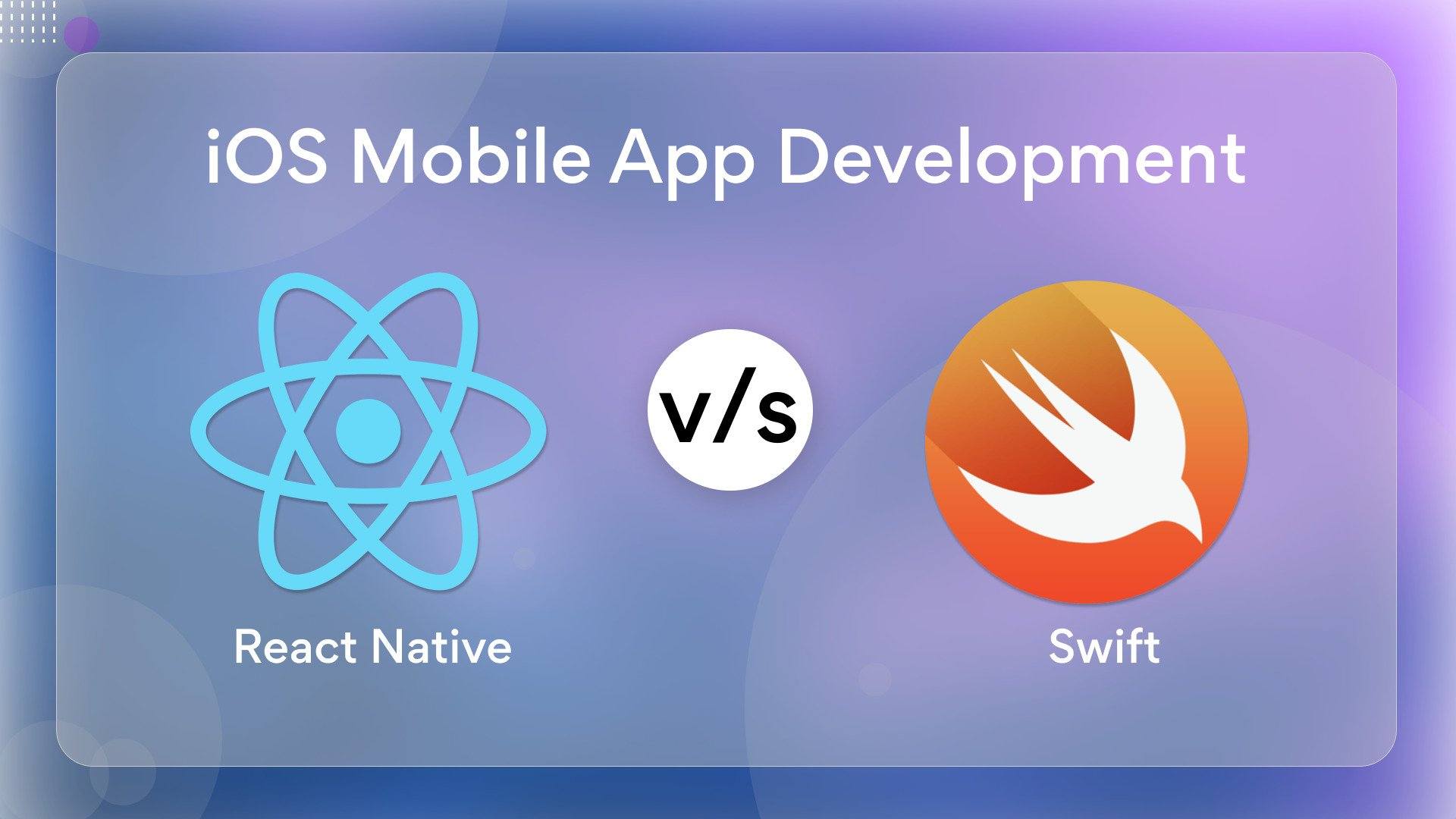How to Hire React JS Developers?
React JS developers are in great demand today. But how do you build a hiring strategy that helps you hire top React JS talent? Well, here is a step-by-step guide to help you hire React JS developers. In 2022, React JS became one of the most popular front-end JavaScript libraries among developers. According to data analysis, in January 2022, React JS’ monthly downloads surpassed 58.99 million. There are many reasons for React JS’ meteoric rise, but a high level of flexibility and scalable solutions are undoubtedly among the top ones.
As a result, companies worldwide are adopting React JS technology and looking to hire React JS developers to get the most out of this technology. Market leaders like Uber, Facebook, Amazon, and Twitter use JavaScript for their web and mobile applications. The success of these companies has acted as a catalyst, encouraging other companies to adopt React JS.
However, the abundance of React JS developers poses a unique set of hiring challenges. How do you hire experienced and skilled React JS developers? Here is a step-by-step guide to help you hire React JS developers for your project. But first, let’s understand the fundamentals of React JS.
What is React JS?

What is React JS?
React JS is a front-end, open-source, and free JavaScript library maintained by Meta and a community of individual developers and businesses.
React JS is also a declarative and flexible JavaScript toolkit, useful to create UI components-based user interfaces. Developers create interactive and component-based user interfaces with the help of React JS.
Jordan Walke designed and released React JS in 2011. Since then, the demand for React JS development and apps created with it has grown at an exponential rate.
Related post: Here’s Why You Should Choose ReactJS for Your Project
What are the advantages of React JS?
React JS is popular because of its many benefits. Here are a few of them:
From the business’s perspective –
- The React JS framework provides a virtual DOM (Document Object Model) containing all the node tree’s characteristics. A Document Object Model is a structured representation of the HTML elements in a web page or web application.
- React JS apps don’t use browsers because a server directly renders them.
- React JS is a budget-friendly and SEO-friendly framework.
From the developer’s perspective –
- The React JS platform’s public API stays unchanged, making backward compatibility easy.
- The open-source library for React JS is accessible to development teams to work on new features and fix bugs.
- Debugging is easier using React JS’s unique tools, which allow developers to debug their code directly in the browser.
- React JS is easy to learn and has a concurrent mode for quickly constructing user-friendly programs.
Related post: React Native vs. Swift: iOS Mobile App Development
Requirements and responsibilities of React JS developers
React JS has a wide range of applications, allowing professionals of all degrees and experience to use it. However, there are differences in the professional requirements for junior, medium, and senior React JS developers. Here is a closer look at each of them and their tasks.
-
Junior level React JS developer.
Junior level React JS developers usually have an experience of one to two years. They are familiar with the fundamentals of React and Angular. They also know HTML, CSS, BootStrap, JavaScript, Git, and RxJS.
In addition, junior React JS developers have an intermediate or higher level of written and spoken English knowledge. -
Middle-level React JS developer.
Middle-level React JS developers usually have more than two years of React JS expertise. These individuals have a thorough understanding of HTML, CSS, BootStrap, JavaScript, Angular, Git, and RxJS. In addition, they are also familiar with Node.
Middle-level React JS developers are comfortable with JavaScript (ES6) and TypeScript and Redux state management. Aside from that, most such developers have experience developing mobile apps with effective UI and API endpoints. -
Senior-level React JS developer.
Senior React JS developers usually have more than five years of experience. These developers can create React-based UI using React JS and TypeScript. Additionally, senior developers are familiar with Front-end environments, such as ES6, SASS, WebPack, and Unit Testing.
Senior React JS developers are familiar with various development paradigms, such as MVC, MVVM, IoC, and can create RESTful services/APIs. Most senior-level React JS developers can communicate in English at an upper-intermediate or advanced level. These developers have experience with other Javascript frameworks like jQuery, Vue, and Angular.
Related post: React vs. Angular: Which JS Framework Should You Choose?
Hire React JS developers from the right places
-
Hire React JS developers from job posting sites
You can hire React JS developers via job listing sites, such as Hubstaff Talent, Monster+, Indeed, etc. However, such platforms do not promise skilled candidates. -
Hire React JS developers from social network
You can also look for React developers on professional social networks, such as LinkedIn, AngelList, Meetup, Jobcase, etc. But just like job posting sites, social media platforms have their limitations when it comes to providing skilled candidates. -
Hire React JS developers from Turing
You can hire full-time remote React JS developers via a deep jobs platform like Turing. With 5+ hours of vetting, Turing tests for 100+ skills, systems design, data structures, algorithms, software specializations & frameworks. Turing’s vetting is more rigorous than Silicon Valley job interviews and tests. So, if you choose to work with full-time remote React JS developers, you should consider Turing.
Related post: Vue vs React: Which Framework to Choose and When
How to hire React JS developers: A step-by-step guide

How to hire React JS developers: A step-by-step guide
Step 1: Describe your project, needs, and budget
If you want to hire React JS developers, describe your expectations. Ensure you and your candidates are on the same page by communicating your requirements properly.
Sign a win-win agreement that covers all of the critical areas of your future collaboration. Include budget, deadlines, and fines in the contract.
Step 2: Perform telephonic interviews followed by in-person interviews
To hire React JS developers, have a clear idea of which candidates will be the best fit for your project. For the same, screen the candidates using ‘resume filter’ applications.
Once you have the right resumes, call them. Consider their talents, experience, and skills to formulate your React JS interview questions for the telephonic interview round.
Step 3: Evaluate the portfolio to hire React JS developers
At this stage, review the projects your candidate has participated in. In addition, go through their responsibilities, contribution level, project output, and employer commendations. Profile evaluation is a non-compromisable step when hiring React JS developers.
Step 4: Assess technical skills to hire React JS developers
Use the questions described below to assess the technical skills of React JS developers. These questions will help you determine if the candidate has the necessary technical background to complete the project successfully.
Junior level questions to hire React JS developers
Q1. Does React use HTML?
A1. React uses a syntax extension to JavaScript called JSX, which is similar to HTML.
Q2. What is the CSS box model? How to change the position of boxes on a browser page?
A2. The CSS box model explains the rectangular boxes generated by the visual formatting model for items in the document tree. Position, margin, and transform can all adjust the position of the boxes.
Q3. In React, how do you name components?
A3. Start with a capital letter if you want the component to be visible. React treats components that begin with a lowercase letter as DOM tags.
Q4: What happens when setState() is called?
A4. setState() informs the component about changes to its state object and schedules them. This component, as well as its children, must be re-rendered with the new state.
Intermediate level questions to hire React JS developers
Q1. What is the name of the procedure for converting JSX to JS?
A1. The name of the process is Transpilation. Transpilers take source code and translate it into a different language. Babel or TypeScript translates JSX to JS.
Q2. In Javascript, what does null mean? What’s the difference between null and undefined?
A2. Null denotes the absence of an object value (variable). It is frequently used as an empty reference. If an object reference is no longer required (object=null), for example, the reference is destroyed.
The distinction between null and undefined is that null denotes the absence of a variable’s value, whereas undefined denotes the absence of the variable itself.
Q3. Is it possible to have numerous inheritances in JS?
A3. In JS, each object is associated with a single prototype. JavaScript can’t inherit from multiple prototype chains at the same time.
Q4: In JS, what is an event loop?
A4. An infinite loop that waits for tasks, executes them, and then waits for additional tasks is known as an event loop. The event loop is a continuous operation that keeps track of the callback queue and the call stack. If the call stack isn’t empty, the event loop waits until it is, then adds the next function from the callback queue to it.
Senior-level questions to hire React JS developers
Q1. What are Higher-Order Components?
A1. A higher-order component (HOC) is a function that accepts one component and returns another. It’s essentially a pattern developed from React’s compositional nature. These are “pure” components as they can accept any dynamically provided child component but don’t change or copy the behavior of their input components.
const EnhancedComponent = HigherOrderComponent(WrappedComponent);
HOC is useful in many cases, such as below:
- Code reuse, logic, and bootstrap abstraction
- Render hijacking
- State abstraction and manipulation
- Props manipulation
Q2. What are the differences between a class component and a functional component?
A2.
Class components:
- Class-based components use ES6 class syntax. It can make use of the lifecycle methods.
- Class Components extend from React Components.
- Here you have to use this keyword to access the props and functions that you declare inside the Class Components.
Functional components:
- Functional Components are simpler compared to Class-based Components.
- Functional Components mainly focus on the UI of the application, not on the behavior.
- More precisely, these are rendered functions in the Class Component.
- Functional Components can have state and mimic lifecycle events using React Hooks.
Q3. What is the difference between state and props?
A3. Props and state are both standard JavaScript objects. While they both contain information that determines render output, their functioning is distinct in terms of components. Props are provided to the component in the same way as function parameters are. The component manages the state in the same way as a function declares variables.
Q4. What is prop drilling and how can you avoid it?
A4. When developing a React application, it’s common to use a deeply nested component to access data from a component far higher in the hierarchy. The most straightforward method is passing a prop from one component to the next in the hierarchy, from the source component to the deeply nested component. This is prop drilling.
Prop drilling’s main downside is that it makes unaware components overly complicated and difficult to maintain.
A typical technique to avoid prop drilling is to leverage React context. This technique enables the definition of a data-supply provider component and the consumption of context data by nested components via either a consumer component or a useContext hook.
Step 5: Onboard
To get your new employees absorbed in the company as quickly as possible, consider their perspective and develop the best possible experience for them. Here are a few action items to help you:
Onboarding steps
- Send them a welcome package
- Extend the paperwork and help them with the same
- Give access to your work tools and software
- Assign a buddy to help them with minute things
- Help them understand your company culture with the following steps:
- Handover your employee handbook
- Show them a presentation on company values, mission, and vision
- Show them recorded videos of previous all-hands meetings
- Inform the candidate about the following:
- Their tasks for the first few weeks
- Normal working hours
- Their team
- Your coding standards
- Your expectations
What is the salary of React JS developers?
To hire React JS developers, you must know their potential salary range.
Various factors influence the salary of React developers, such as the cost of living, geography, seniority level, experience, projects, awards, notable mentions, and many others.
Studies show that salaries in North America are higher than those in Western Europe. Even in Western Europe, salary levels in Austria are greater than in Spain.
So, how do you hire React JS developers for your company?
Before you hire React JS developers, you must establish a clear hiring strategy as a company. To hire the best developers, you need to have the best hiring strategy in place.
However, given React developers’ demand and popularity, it can be challenging to find the right one for your next software project at a fair price. Turing can help you overcome this challenge.
Turing makes remote hiring simple and rewarding for both developers and companies. With Turing, companies can hire pre-vetted, Silicon Valley-caliber remote software developers across 100+ skills in 3 to 5 days at half the cost.
Tell us the skills you need and we'll find the best developer for you in days, not weeks.












